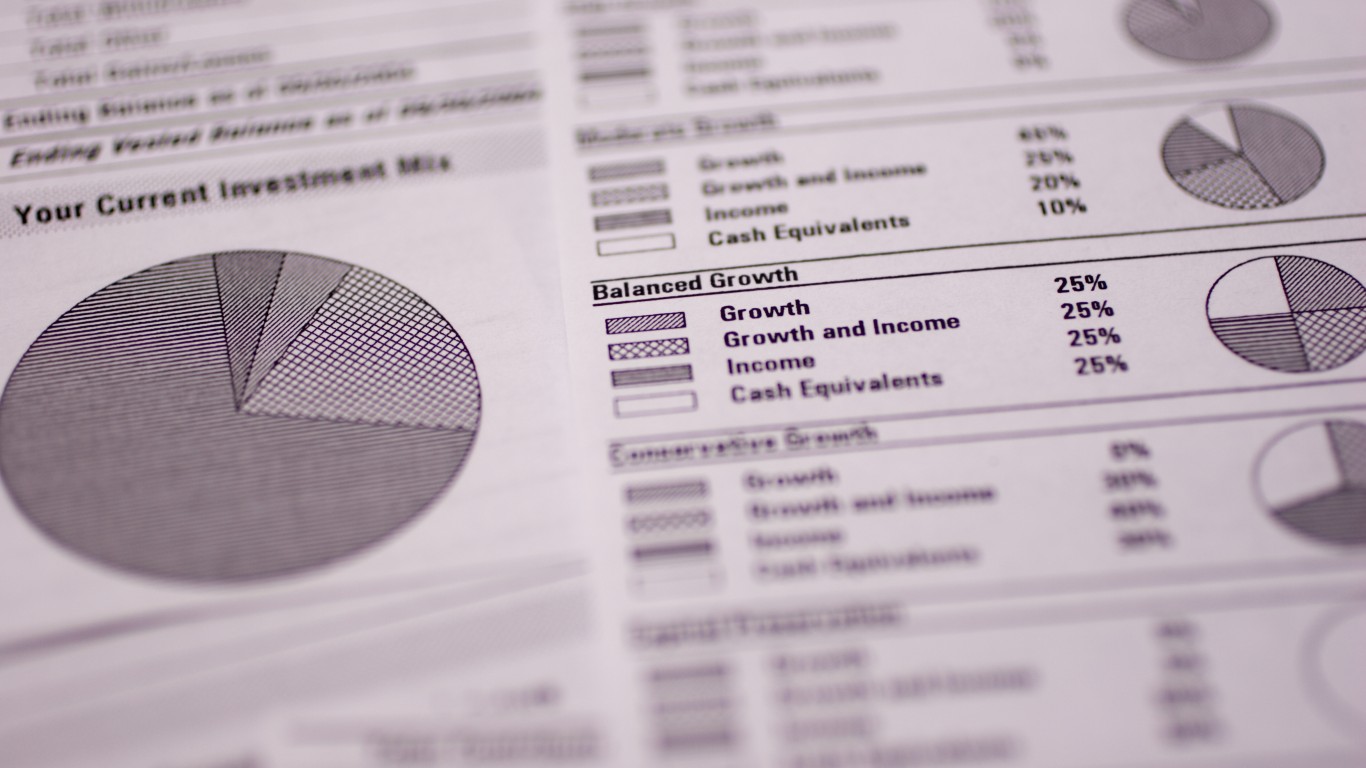Investing
On-Chain Tokenized Assets Could be a $16T Market by 2030: BCG Report

Published:

The total size of tokenized assets globally is expected to grow by more than 50,000% and reach a staggering $16 trillion by 2030, as per a recent report. The increasing interest in more private and illiquid markets will likely fuel the growth in the tokenization of assets over the coming years.
According to a new report by global consulting firm BCG and the digital exchange for private markets ADDX, there is a huge market for tokenized assets as they help bring liquidity to illiquid markets. “A large chunk of the world’s wealth today is locked in illiquid assets,” the report said.
Citing a 1997 survey, the report mentioned that more than 56% of assets held by taxpayers with a net worth of between $600,000 and $1 million are illiquid. This means that these assets generally trade at a discount compared to liquid assets, and are characterized by a high stock-to-flow ratio (relative scarcity), lower trading volumes, and imperfect price discovery.
“For example, illiquid physical art assets have a stock-to-flow ratio of 28.3 as opposed to 1.11 for liquid Real Estate Investment Trusts (REITs),” the report said, adding that other major examples of illiquid assets include real estate (including home equity), natural resources, land, commodities, public infrastructure, fine art, computing infrastructure, private equity, and more.
Moreover, several other asset classes that are only accessible to high-profile investors are also considered illiquid assets. These can include pre-IPO stocks, hedge funds, infrastructure projects, commodities, and alternate investment instruments, and private credit, the report said.
Among the main reasons for asset illiquidity include limited affordability, inability to fractionalize inherent utility, lack of information, limited access, restricted to elite cliques, complex user journeys for obtaining access (e.g., KYC and payment set up across multiple platforms with no single interface for the customers), and lack of scaled technological solutions to unlock liquidity in such assets.
However, tokenized assets can address the bulk majority of these issues, bringing liquidity to traditionally illiquid markets and offering a wider range of investors access to these asset classes by lowering entry barriers.
Tokenized assets are anticipated to grow into a $16 trillion business opportunity by 2030, up by more than 50,000% compared to $310 billion in 2022. This will comprise 10% of global GDP by the end of the decade, the report said.
The report mentioned five indicators as evidence of an increase in on-chain asset tokenization. In the first place, the tokenized asset market globally surpassed $2.3 billion in 2021 and is expected to reach USD 5.6 billion by 2026, which shows increased trading volume in tokenized assets.
Moreover, there has been a strong retail adoption as evidenced in a 2021 survey by Deloitte. Other potential indicators include recognition of on-chain tokenization by monetary authorities and regulators, expanding list of tokenized asset classes, and a growing pool of active developer talent in the blockchain space.
Nevertheless, the BCG-ADDX report noted that there are some risks that can slow down the growth of blockchain-based asset tokenization. The first challenge is associated with regulators and their differing approaches to tokenized assets. Awareness and adoption are two more risks that need to be mitigated.
“Unclear protocols on managing the tussle between TradFis and the market disintermediation caused by on-chain tokenization providers because of disruption to the market-making model,” the report said, adding that there are also risks associated with platforms, including security and DLT risks.
The post On-Chain Tokenized Assets Could be a $16T Market by 2030: BCG Report appeared first on Tokenist.
This article originally appeared on The Tokenist
Thank you for reading! Have some feedback for us?
Contact the 24/7 Wall St. editorial team.